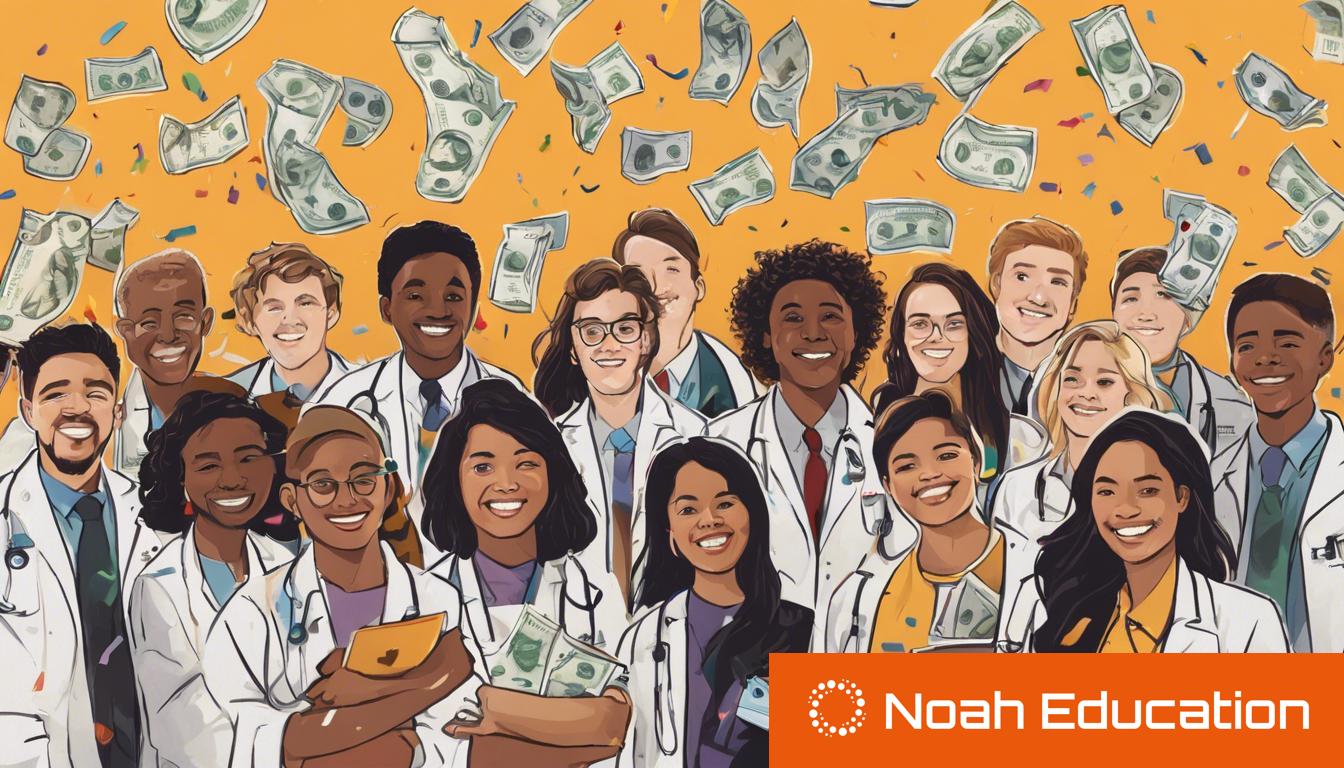An unprecedented $1 billion donation from Dr. Ruth Gottesman has propelled the Albert Einstein College of Medicine into a new era of tuition-free education, aiming to eliminate financial barriers for aspiring medical students.
The Albert Einstein College of Medicine in New York has become a tuition-free institution, following an extraordinary $1 billion donation from Dr. Ruth Gottesman, in honor of her late husband, a Wall Street investor. This monumental contribution, one of the largest in U.S. educational history, aims to eliminate the financial barriers associated with pursuing a medical degree.
Annual tuition costs at the medical college, which exceed $59,000, have placed a significant financial strain on students, contributing to the national concern over student debt. The United States sees medical students graduating with an average debt of over $200,000, a figure that starkly contrasts with the initiatives like President Joe Biden’s student debt relief program, designed to mitigate such financial burdens.
Dr. Gottesman’s donation was announced in a series of updates, each highlighting the diverse student body at the Bronx-based college, which comprises New Yorkers, a substantial number of women, as well as people of color. The inclusion of these demographics underlines the donation’s goal: to make medical education accessible to those who may have previously considered it beyond their financial reach.
The donation is expected to serve the dual purpose of relieving individual students of financial stress and attracting a broader range of applicants, thereby enhancing diversity and inclusion within the field of medicine. Current students, such as first-year Samuel Woo and Jade Andrade, expressed their relief and optimism, anticipating that reduced financial pressures will allow them and future students to pursue careers in medicine driven by passion rather than financial necessity.
The Albert Einstein College of Medicine’s shift to tuition-free education, supported indefinitely by Dr. Gottesman’s donation, marks a significant step toward addressing educational equity and accessibility in one of New York City’s most underserved regions. This move also illustrates the potential of private philanthropy to instigate significant change within the educational landscape, offering a hopeful outlook for future generations of medical practitioners.













